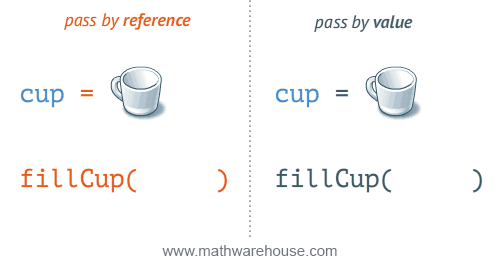I think you got confused with pointer object (e.g. pa, with pointer &a) and the format used to printout the data. There are no differences. Consider the amended codes with struct and tidy and uniformed printout.
package main
import "fmt"
func main() {
a := 1
pa := &a
b := []int{1, 2, 3}
pb := &b
c := struct{
id int
}{
id: 2,
}
pc := &c
fmt.Printf("Name:a | Type:%-20T | Pointer:%-20p | Value:%v\n", a, &a, a)
fmt.Printf("Name:pa | Type:%-20T | Pointer:%-20p | Value:%p\n", pa, &pa, pa)
fmt.Printf("Name:b | Type:%-20T | Pointer:%-20p | Value:%v\n", b, &b, b)
fmt.Printf("Name:pb | Type:%-20T | Pointer:%-20p | Value:%p\n", pb, &pb, pb)
fmt.Printf("Name:c | Type:%-20T | Pointer:%-20p | Value:%v\n", c, &c, c)
fmt.Printf("Name:pc | Type:%-20T | Pointer:%-20p | Value:%p\n", pc, &pc, pc)
}
This will output:
Name:a | Type:int | Pointer:0x414020 | Value:1
Name:pa | Type:*int | Pointer:0x40c138 | Value:0x414020
Name:b | Type:[]int | Pointer:0x40a0e0 | Value:[1 2 3]
Name:pb | Type:*[]int | Pointer:0x40c140 | Value:0x40a0e0
Name:c | Type:struct { id int } | Pointer:0x414030 | Value:{2}
Name:pc | Type:*struct { id int } | Pointer:0x40c148 | Value:0x414030
Program exited.
Basic Object and Memory
Whenever you create a variable, you literally created an object of type allocated on memory. Example:
a is type int, an integer object, with memory pointing at 0x414020, holding value 1.pa is type int*, an integer pointer object, with memory pointing at 0x40c138, holding value of 0x414020 which is pointer of a.
Obtaining an Object’s Pointer
There is only one way to obtain any established object: using the & prefix symbol. So, to obtain the memory pointer of:
a, you use &a.pa, you use &pa.
Printing Pointer
The correct format of printing pointer is always and strictly %p. This includes printing object pointer’s value that holds pointer of another object (e.g. pa with %p instead of the debugging version %v).
NOTE: In the example above, I style it to always use up 20 columns for pretty printing the output so it was transforms from %p to %-20p.
Why do we Use Pointers
So that we manage data at one memory location and also keeping function as function. By default, if the parameter is not a pointer (pass by pointer), the function actually clones the variable instead (pass by value). Here is an animation about the pointer:

Notice that fillCup is now behaving exactly like a function, altering the dataset we gave to it.
More read up: Pass by reference vs pass by value
Slice & Struct
They are still treated as an objects just like others. However, one thing about slice is that slice itself is a “container” of pointers pointing to a bunch of memories location that formulates its “dynamic arrays” capabilities (See Slice Internal: Go Slices: usage and internals - The Go Programming Language). Hence, operating on slice is like operating onto a list of pointers by its own nature.
Hence, if you track the history of slice, there was a (very long) discussion about whether to use slice pointer or slice as function parameters. That’s another long story.
